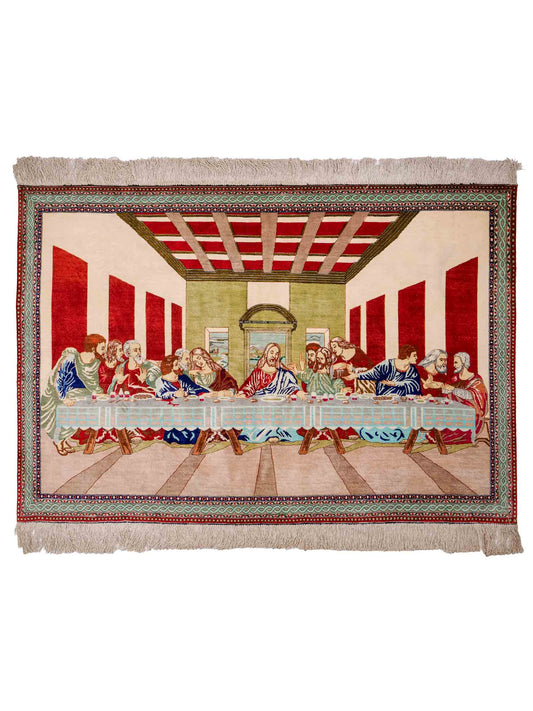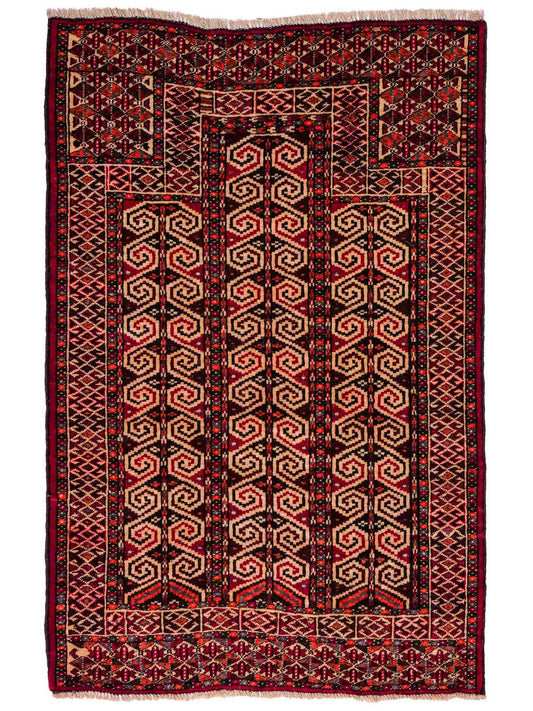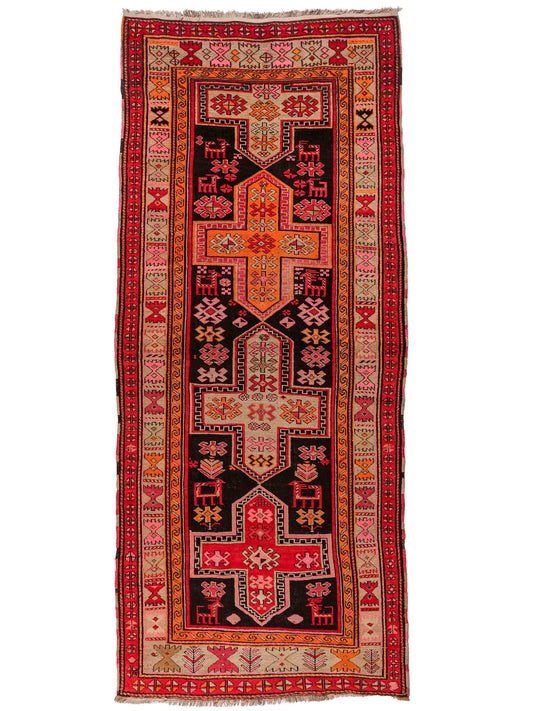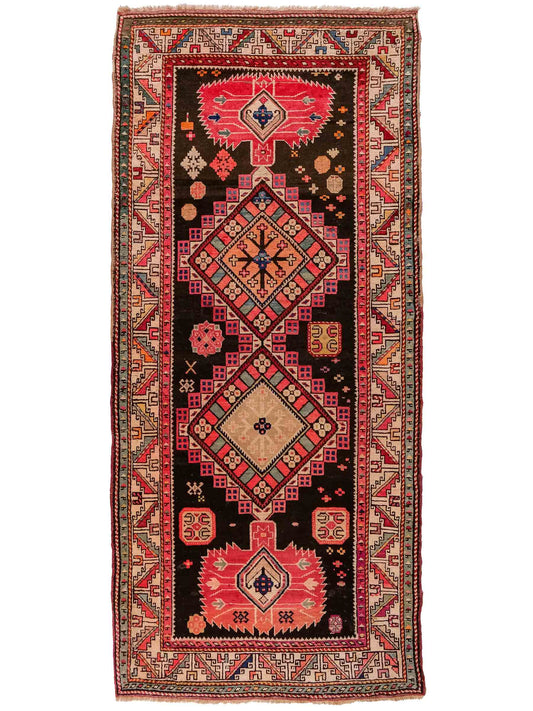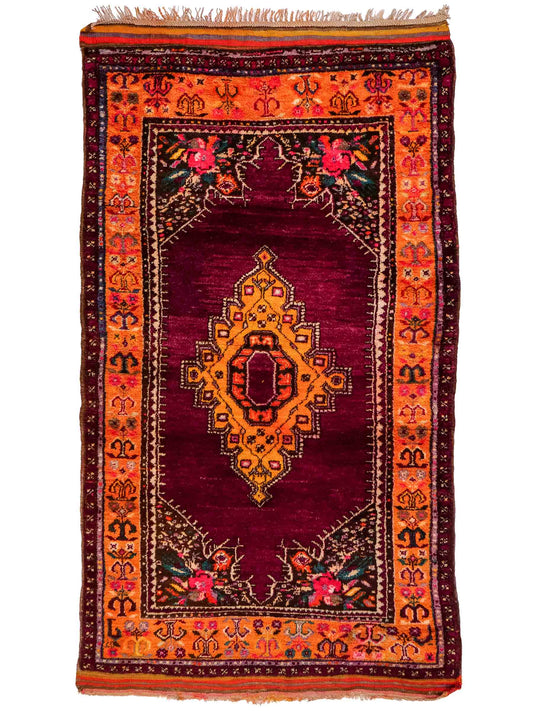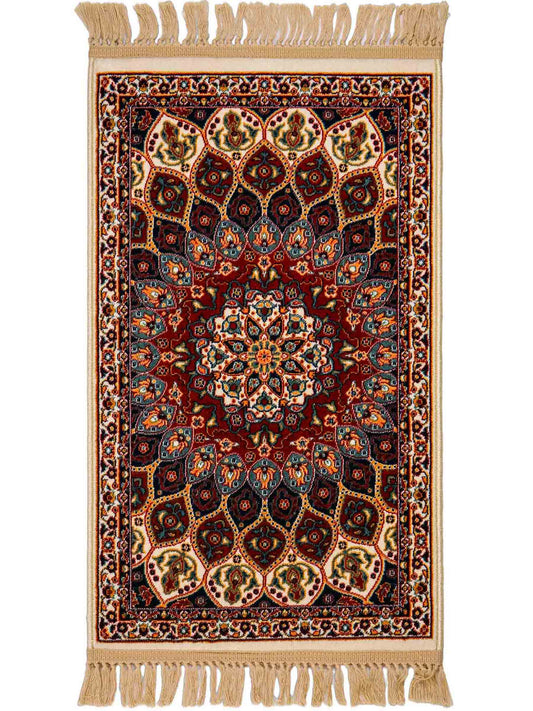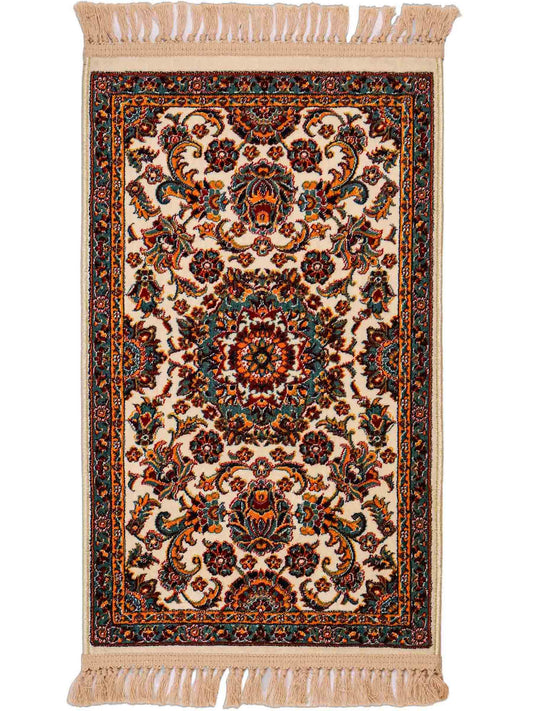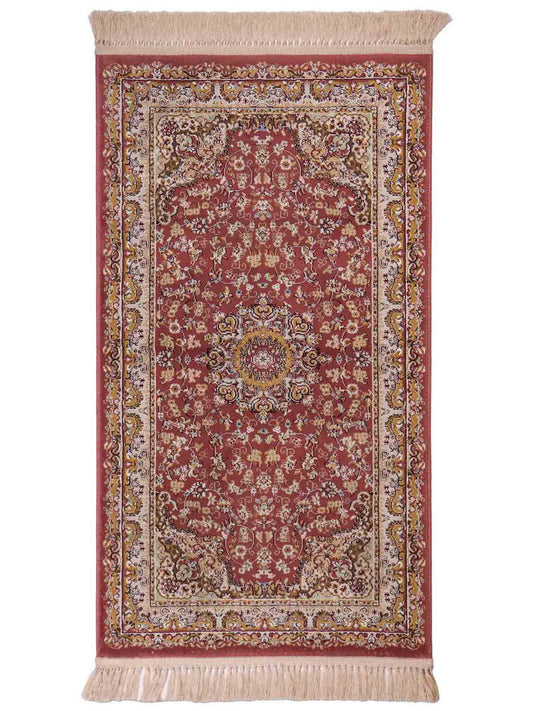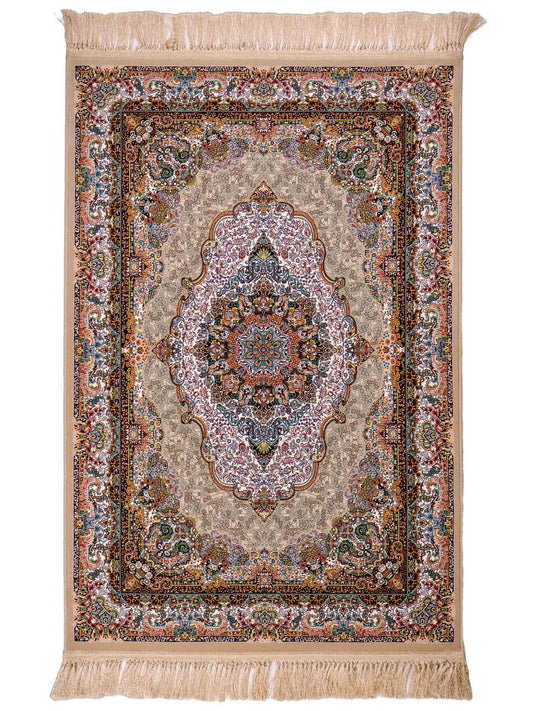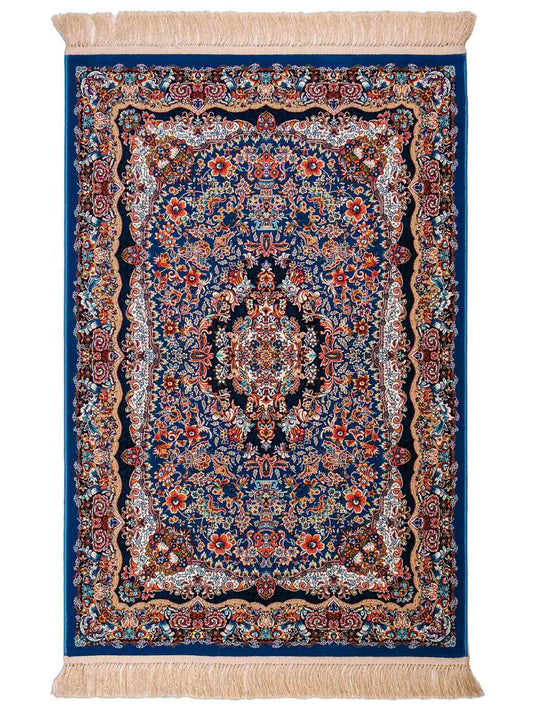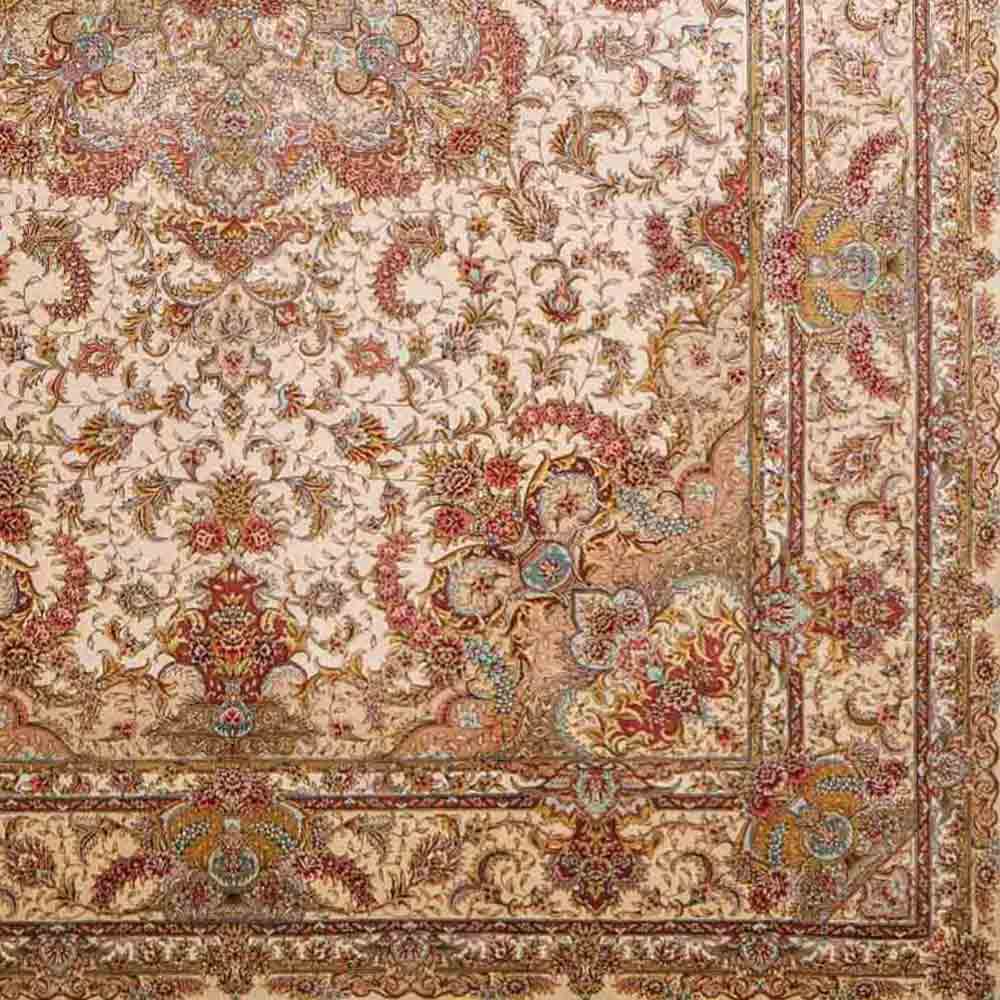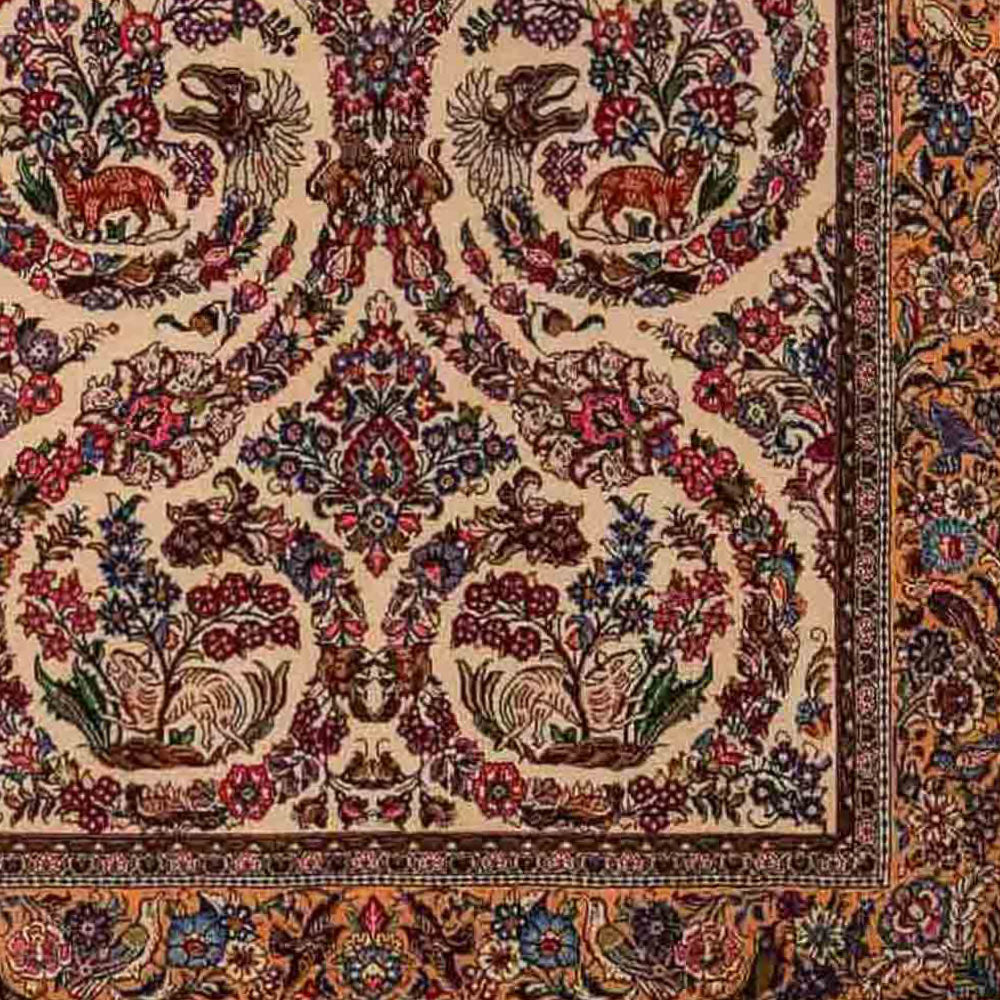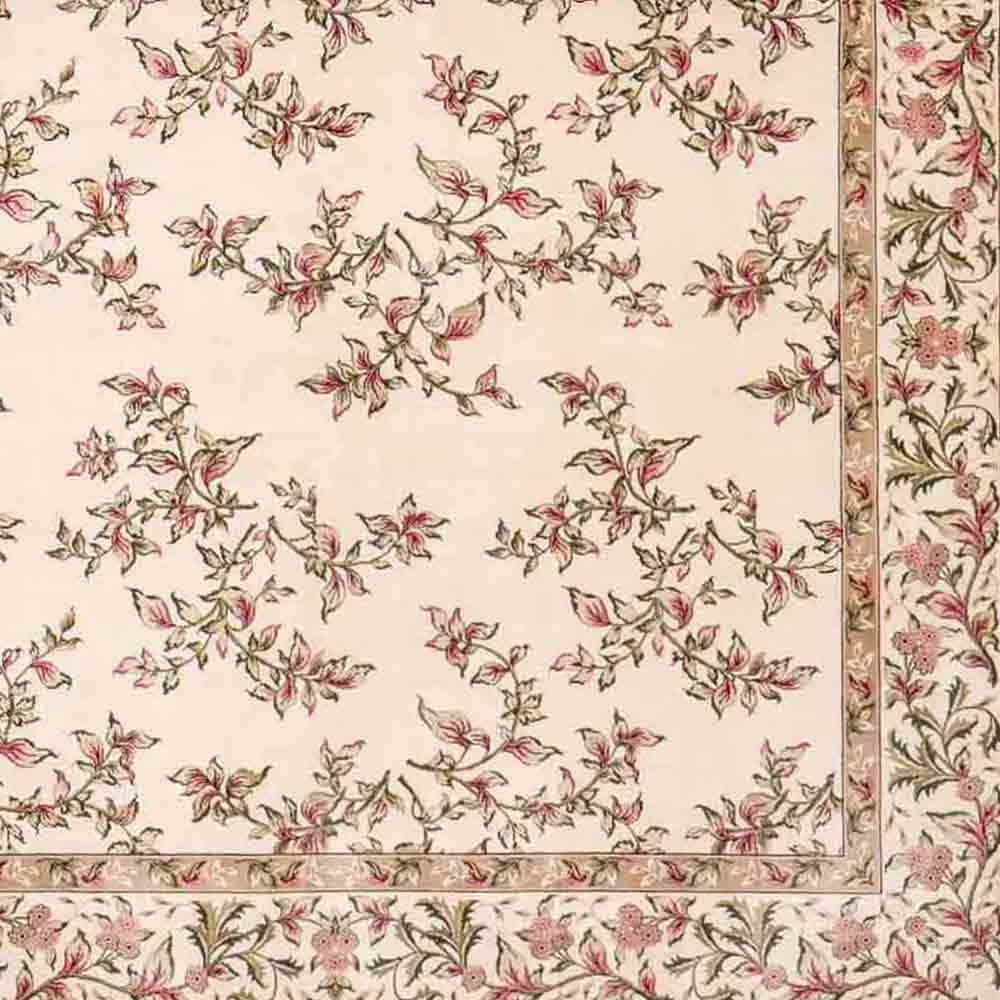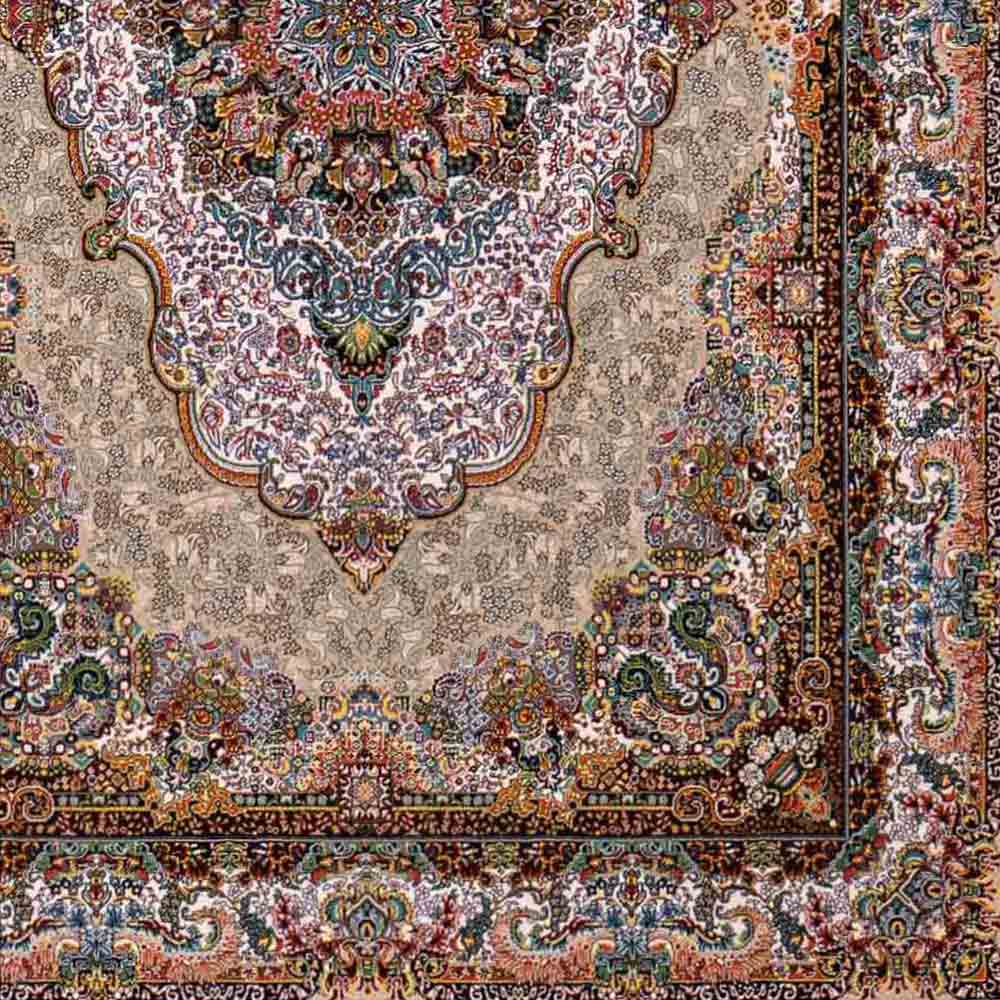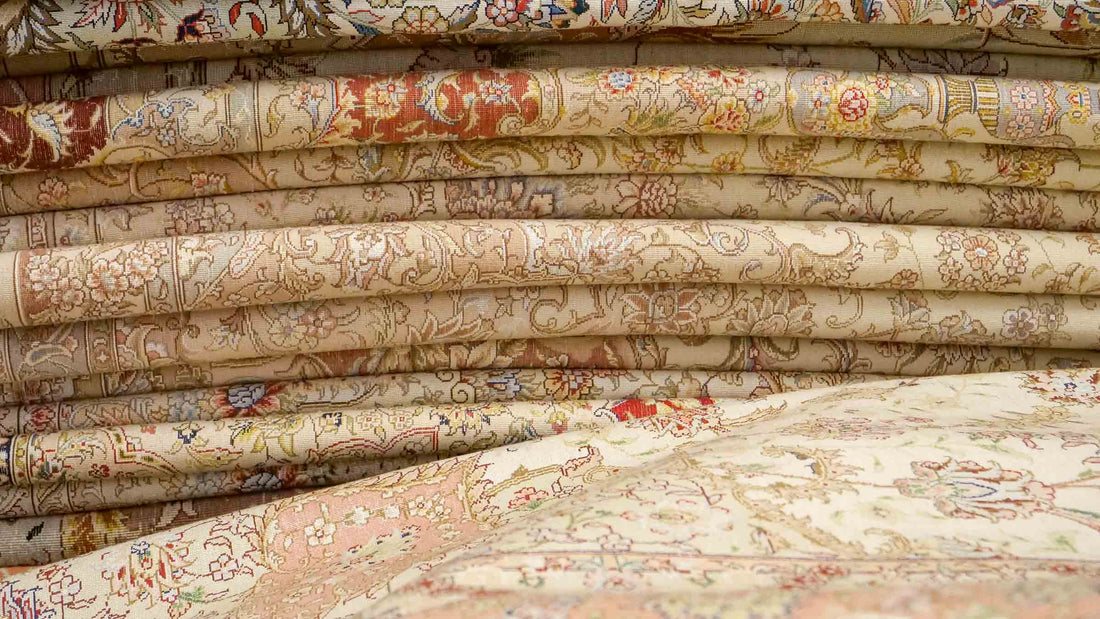
How can I recognize hand-knotted rugs?
Daniel KhademiRugs are not only practical home accessories but also works of art that can fill a room with warmth and character. Hand-knotted rugs have a special appeal because they are traditionally made and often passed down from generation to generation. But how can you tell a hand-knotted rug from machine-made products? In this article, we provide valuable tips on how to distinguish hand-knotted rugs from machine-made rugs.
1. The Knotting Technique
One of the most striking features of hand-knotted rugs is the knotting technique. In hand-knotted rugs, the knots can be irregular and vary in size, giving the rugs character. Machine-made rugs, on the other hand, have uniform knots. Be sure to look at the back of the rug; in hand-knotted rugs, the knots are visible and often not as neat and tidy as in machine-made rugs.
2. Processing the Fringes
Fringes are often part of the knot in hand-knotted rugs. They are not simply sewn on but are integrated into the manufacturing process. In machine-made rugs, the fringes are often just attached or sewn on and may therefore appear less stable. Check whether the fringes are made of the same material as the rug itself—this is an indication that it is handmade.
3. Material Selection
Hand-knotted rugs are often made from high-quality natural materials such as wool, silk or cotton. These materials not only provide a pleasant feel but also durability. Machine-made rugs are often made from synthetic materials such as polyester or polypropylene, which are generally less durable and have a shorter lifespan. Check the material description to find out more about the quality of the rug.
4. The Back of the Rug
Another indicator of a hand-knotted rug is the backing. In hand-knotted rugs, the backing is often irregular and shows the structure of the knots. In machine-made rugs, the backing is usually covered with a uniform layer that hides the knots. Sometimes you can also see backing materials, which are often missing in hand-knotted rugs.
5. Price and Origin
The price can also be an indication of the type of rug. Hand-knotted rugs are usually more expensive than their machine-made counterparts due to the complex manufacturing process and the use of high-quality materials. In addition, many hand-knotted rugs come from traditional areas where the art of rug weaving has a long history, such as Persia, Afghanistan or India. Find out about the place of origin of the rug and check the documentation of origin.
6. Design and Details
Hand-knotted rugs often feature intricate, detailed patterns and designs. These designs are often unique and may include culturally or historically significant motifs. In comparison, machine-made rugs are often simpler and less detailed. A close look at the design and detailing can help you judge the quality of the rug.
Conclusion
Identifying a hand-knotted rug requires a certain level of attention and sensitivity to detail. By considering the knotting technique, the finish of the fringe, the choice of material, the back of the rug, the price as well as the design, you can ensure that you are selecting an authentic hand-knotted rug. These rugs are not only visually appealing, but also a piece of history that adds character to your home.
If you have any further questions or suggestions regarding rugs, please do not hesitate to contact us!

